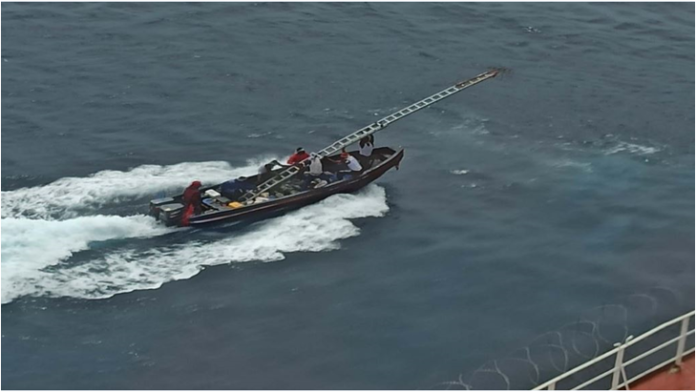[Source : Maritime Executive]
In two recent articles, Sea Piracy in 2025: Piracy 2.0? and Countering Gulf of Guinea Piracy Towards 2025 I tried to map out the possible evolution of piracy within Gulf of Guinea until 2025. Then I analyzed the different possible actions to reduce this threat. This analysis cannot be complete without integrating the main actor, the seafarer. This third article therefore concerns the how seafarers must adapt to the rapid evolution of pirate activities.
It’s noticeable that this domain for seafarers is based on regulatory documentation that is low in volume and weak in practical guidance. The Ship Security Plan (SSP) is the basis for maritime security regulations. This document, established after the USS Cole, Limburg and September 11 attacks, was mainly focused on maritime terrorism. The content has been lightly modified since, integrating some requirements arising from the evolution of piracy.
The ISPS regulation does not go deeper on practical measures concerning vessel, crew members, equipment and procedures when looking at piracy. To cover the seafarers practical needs a group of associations published a document called Best Management Practices in early 2000. This document, dedicated to deter piracy and enhance maritime security in the Red sea, Gulf of Aden, Indian Ocean and Arabian sea has been reviewed several times since (Last review BMP 5 –June 2018). To respond to the specific Gulf of Guinea environment, one document, Guideline for Owners, Operators and Masters for Protection against Piracy in the Gulf of Guinea Region has been established by the same structure.

